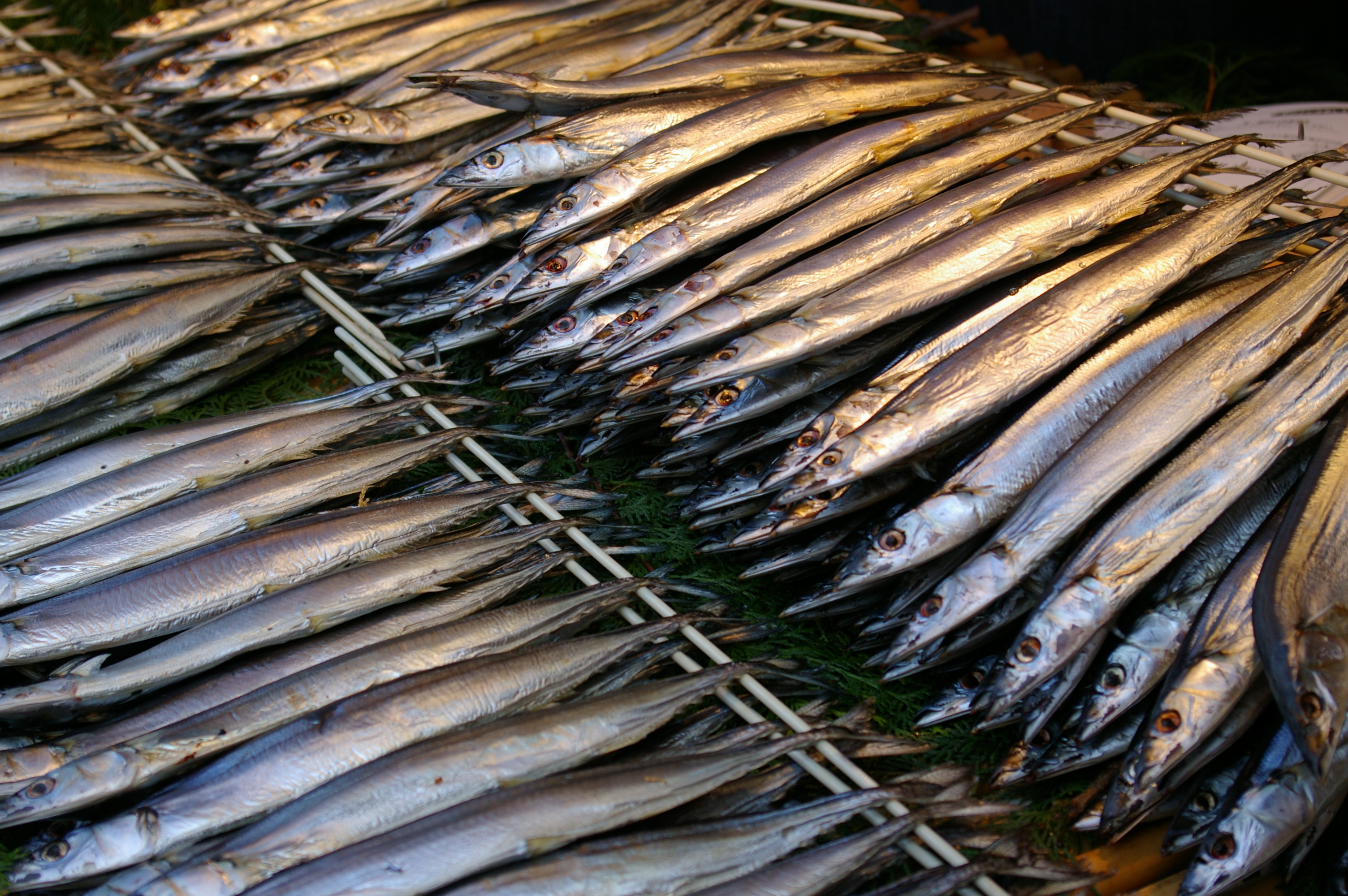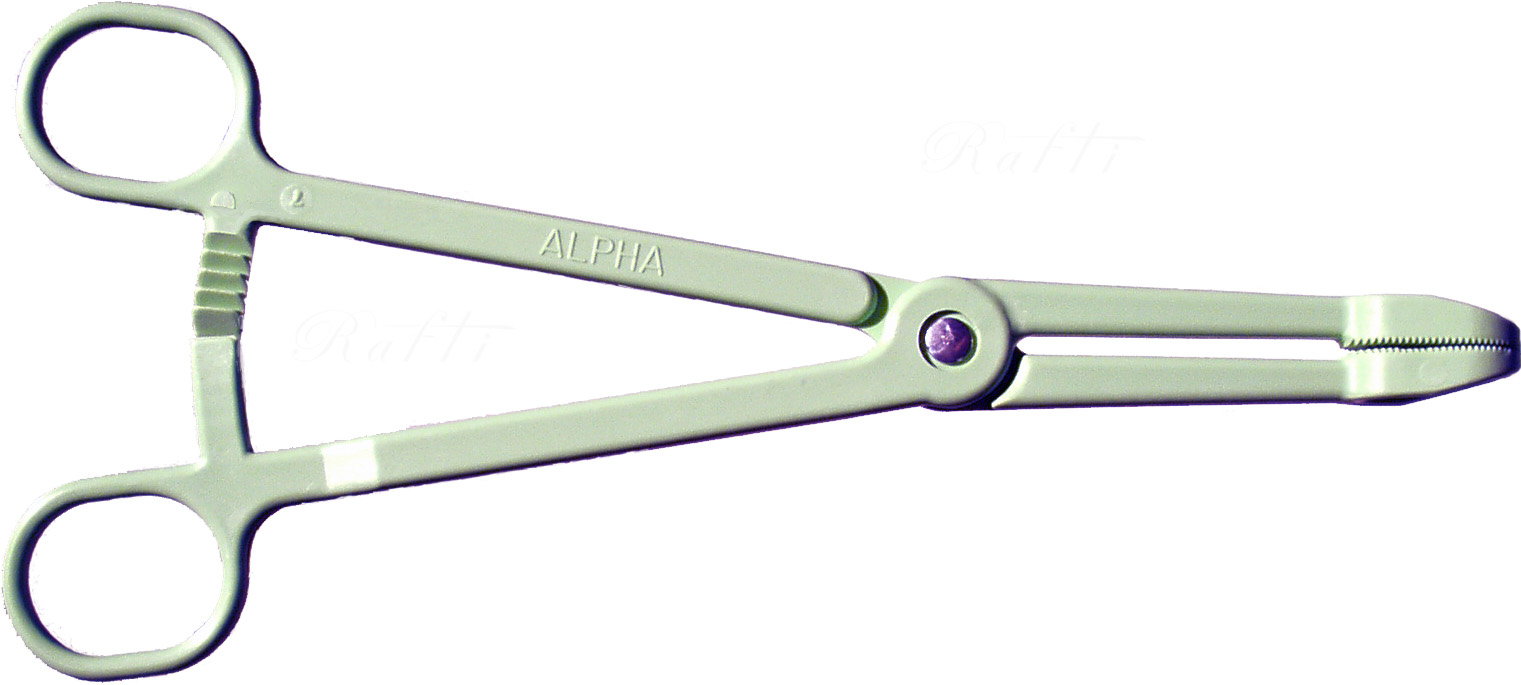|
Cololabis
''Cololabis'' is a genus of sauries found in the eastern and northern Pacific Ocean. The name is derived from the Greek word ''kolos'', meaning 'short', and the Latin word ''labis'', meaning ' forceps', referring to the short beak of the type species In International_Code_of_Zoological_Nomenclature, zoological nomenclature, a type species (''species typica'') is the species name with which the name of a genus or subgenus is considered to be permanently taxonomically associated, i.e., the spe ... ''Scombresox brevirostris''. Species There are currently two recognized species in this genus: * '' Cololabis adocetus'' J. E. Böhlke, 1951 (Saury) * '' Cololabis saira'' Brevoort, 1856 ( Pacific saury) References Scomberesocidae Taxa named by Theodore Gill Marine fish genera {{Beloniformes-stub ... [...More Info...] [...Related Items...] OR: [Wikipedia] [Google] [Baidu] |
Cololabis Saira
The Pacific saury (''Cololabis saira'') is species of fish in the family Scomberesocidae. Saury is a seafood in several East Asian cuisines and is also known by the name mackerel pike. Biology Saury is a fish with a small mouth, an elongated body, a series of small finlets between the dorsal and anal fins, and a small forked tail. The fish's color is dark green to blue on the dorsal surface, silvery below, and there are small, bright blue blotches distributed randomly on the sides. It is typically about long when caught, but it can grow up to long and about when caught in the autumn. The life expectancy of Saury is approximately four years. Saury is a pelagic fish typically found and harvested close to the surface, but it can also be found down to depths of up to . When saury is escaping from predators, it floats on the surface and is similar to other fishes within the genus. These pelagic schooling fish are found in the North Pacific, from China, Korea and Japan eastwa ... [...More Info...] [...Related Items...] OR: [Wikipedia] [Google] [Baidu] |
Cololabis Adocetus
The saury (''Cololabis adocetus'') is a species of fish that is a member of the family Scomberesocidae, or the saury family. It is widespread in the Eastern Pacific in the surface waters, typically remaining in the top 50 centimeters of the water column - although it can be found at depths of up to 1 meter. It can grow to a length of about 5 centimeters. The saury generally lives in waters between 5 and 12 degrees Celsius. The saury is a highly migratory fish. See also * Pacific saury The Pacific saury (''Cololabis saira'') is species of fish in the family Scomberesocidae. Saury is a seafood in several East Asian cuisines and is also known by the name mackerel pike. Biology Saury is a fish with a small mouth, an elongat ... References External links * Cololabis Commercial fish Fish of the Pacific Ocean Fish described in 1951 {{Beloniformes-stub ... [...More Info...] [...Related Items...] OR: [Wikipedia] [Google] [Baidu] |
Pacific Saury
The Pacific saury (''Cololabis saira'') is species of fish in the family Scomberesocidae. Saury is a seafood in several East Asian cuisines and is also known by the name mackerel pike. Biology Saury is a fish with a small mouth, an elongated body, a series of small fish anatomy, finlets between the dorsal fin, dorsal and anal fins, and a small forked tail. The fish's color is dark green to blue on the dorsal surface, silvery below, and there are small, bright blue blotches distributed randomly on the sides. It is typically about long when caught, but it can grow up to long and about when caught in the autumn. The life expectancy of Saury is approximately four years. Saury is a pelagic fish typically found and harvested close to the surface, but it can also be found down to depths of up to . When saury is escaping from predators, it floats on the surface and is similar to other fishes within the genus. These pelagic Shoaling and schooling, schooling fish are found in the ... [...More Info...] [...Related Items...] OR: [Wikipedia] [Google] [Baidu] |
Scomberesocidae
Sauries are fish of the family (biology), family Scomberesocidae. There are two Genus, genera, each containing two species. The name ''Scomberesocidae'' is derived from ''scomber'' (which in turn is derived from the Greek language, Greek ''skombros'', meaning 'mackerel') and the Latin language, Latin ''esox'' meaning Pike (fish), pike. Sauries are marine epipelagic fish which live in tropical and temperate waters. These fish often jump while swimming near the surface, skimming the water, which is similar to flying fish, a fellow member of the order Beloniformes. The jaws of sauries are beak-like, ranging from long, slender beaks to relatively short ones with the lower jaw only slightly elongated. The mouth openings of sauries, however, are small and the jaws have weak teeth. The most distinctive feature of sauries, however, is the presence of a row of small finlets behind the dorsal fin, dorsal and anal fins. They also lack swim bladders. Sauries grow to a maximum length of about ... [...More Info...] [...Related Items...] OR: [Wikipedia] [Google] [Baidu] |
Theodore Gill
Theodore Nicholas Gill (March 21, 1837 – September 25, 1914) was an American ichthyologist, mammalogist, malacologist, and librarian. Career Born and educated in New York City under private tutors, Gill early showed interest in natural history. He was associated with J. Carson Brevoort in the arrangement of the latter's entomological and ichthyological collections before going to Washington, DC, in 1863 to work at the Smithsonian Institution. He catalogued mammals, fishes, and mollusks most particularly, although he maintained proficiency in other orders of animals. He was librarian at the Smithsonian and also senior assistant to the Library of Congress. He was elected as a member of the American Philosophical Society in 1867. Gill was professor of zoology at George Washington University. He was also a member of the Megatherium Club at the Smithsonian Institution in Washington, DC. Fellow members frequently mocked him for his vanity. He was president of the American Asso ... [...More Info...] [...Related Items...] OR: [Wikipedia] [Google] [Baidu] |
Wilhelm Peters
Wilhelm Karl Hartwich (or Hartwig) Peters (22 April 1815 – 20 April 1883) was a German natural history, naturalist and explorer. He was assistant to the anatomist Johannes Peter Müller and later became curator of the Natural History Museum, Berlin, Berlin Zoological Museum. Encouraged by Müller and the explorer Alexander von Humboldt, Peters travelled to Mozambique via Angola in September 1842, exploring the coastal region and the Zambesi River. He returned to Berlin with an enormous collection of natural history specimens, which he then described in ''Naturwissenschaftliche Reise nach Mossambique... in den Jahren 1842 bis 1848 ausgeführt'' (1852–1882). The work was comprehensive in its coverage, dealing with mammals, birds, reptiles, amphibians, river fish, insects and botany. He replaced Martin Lichtenstein as curator of the museum in 1858, and in the same year he was elected a foreign member of the Royal Swedish Academy of Sciences. In a few years, he greatly increased ... [...More Info...] [...Related Items...] OR: [Wikipedia] [Google] [Baidu] |
Pacific Ocean
The Pacific Ocean is the largest and deepest of Earth's five Borders of the oceans, oceanic divisions. It extends from the Arctic Ocean in the north to the Southern Ocean, or, depending on the definition, to Antarctica in the south, and is bounded by the continents of Asia and Australia in the west and the Americas in the east. At in area (as defined with a southern Antarctic border), the Pacific Ocean is the largest division of the World Ocean and the hydrosphere and covers approximately 46% of Earth's water surface and about 32% of the planet's total surface area, larger than its entire land area ().Pacific Ocean . ''Encyclopædia Britannica, Britannica Concise.'' 2008: Encyclopædia Britannica, Inc. The centers of both the Land and water hemispheres, water hemisphere and the Western Hemisphere, as well as the Pole of inaccessi ... [...More Info...] [...Related Items...] OR: [Wikipedia] [Google] [Baidu] |
Forceps
Forceps (: forceps or considered a plural noun without a singular, often a pair of forceps; the Latin plural ''forcipes'' is no longer recorded in most dictionaries) are a handheld, hinged instrument used for grasping and holding objects. Forceps are used when fingers are too large to grasp small objects or when many objects need to be held at one time while the hands are used to perform a task. The term "forceps" is used almost exclusively in the fields of biology and medicine. Outside biology and medicine, people usually refer to forceps as tweezers, tongs, pliers, clips or clamps. Mechanically, forceps employ the principle of the lever to grasp and apply pressure. Depending on their function, basic surgical forceps can be categorized into the following groups: # Non-disposable forceps. They should withstand various kinds of physical and chemical effects of body fluids, secretions, cleaning agents, and sterilization methods. # Disposable forceps. They are usually made of lo ... [...More Info...] [...Related Items...] OR: [Wikipedia] [Google] [Baidu] |
Type Species
In International_Code_of_Zoological_Nomenclature, zoological nomenclature, a type species (''species typica'') is the species name with which the name of a genus or subgenus is considered to be permanently taxonomically associated, i.e., the species that contains the biological Type (biology), type wiktionary:en:specimen, specimen (or specimens). Article 67.1 A similar concept is used for suprageneric groups and called a type genus. In botanical nomenclature, these terms have no formal standing under the International Code of Nomenclature for algae, fungi, and plants, code of nomenclature, but are sometimes borrowed from zoological nomenclature. In botany, the type of a genus name is a specimen (or, rarely, an illustration) which is also the type of a species name. The species name with that type can also be referred to as the type of the genus name. Names of genus and family ranks, the various subdivisions of those ranks, and some higher-rank names based on genus names, have suc ... [...More Info...] [...Related Items...] OR: [Wikipedia] [Google] [Baidu] |
James Erwin Böhlke
James Erwin Böhlke (1930–1982) was an American ichthyologist. From 1954 to 1982, he was curator of the Department of Ichthyology at the Academy of Natural Sciences of Philadelphia (today the Academy of Natural Sciences of Drexel University). He published over 120 papers on diverse groups of fishes and topics, primarily in his areas of expertise, fishes of the Bahamas, Caribbean, and South America. His wife Eugenia (Genie) Brandt Böhlke (1928–2001) was also a noted ichthyologist. The serranid fish genus ''Jeboehlkia ''Jeboehlkia'' is a monotypic genus of marine ray-finned fish, related to the groupers and classified within the subfamily Epinephelinae of the family Serranidae. It is a species of relatively deep water which is found in the western Atlantic Oce ...'' is named in his honour, Taxon described by him *See :Taxa named by James Erwin Böhlke Taxon named in his honor *The Sand Stargazer '' Dactyloscopus boehlkei'' C. E. Dawson, 1982 *'' Monognathus boehlke ... [...More Info...] [...Related Items...] OR: [Wikipedia] [Google] [Baidu] |
James Carson Brevoort
James Carson Brevoort (July 10, 1818 – December 7, 1887) was an American collector of rare books and coins. He served as superintendent of the Astor Library for two years, also serving as trustee. Biography J. Carson Brevoort was born in Bloomingdale, Manhattan on July 10, 1818. He received his early education at home, in France, and at Model Farm, Hofwyl, near Berne, Switzerland. He then studied at the École Centrale Paris, École Centrale des Arts et Manufactures in Paris, and was graduated with the diploma of a civil engineer. On returning to the United States, he accompanied his uncle, James Renwick (physicist), James Renwick, one of the commissioners on the northeastern boundary survey. In 1838 he went abroad as private secretary to Washington Irving, United States Ambassador to Spain, U.S. Minister to Spain. After serving a year in this capacity, he spent several years in European travel, and returned home in 1843. Two years later he married the daughter of Judge Leffert ... [...More Info...] [...Related Items...] OR: [Wikipedia] [Google] [Baidu] |



